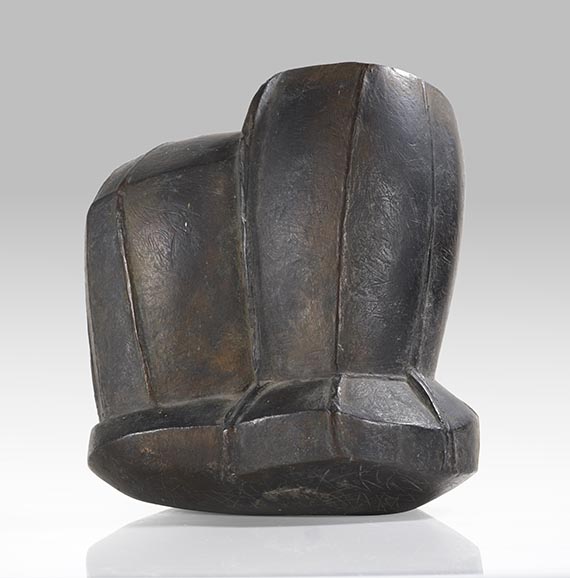
Renaissance
The Renaissance (French rebirth) describes an art historical epoch spanning the late fourteenth and seventeenth centuries. The term is also identified with the philosophy and literature of the period. The Renaissance has its origins in Italy, where it gained a scientific basis with the discovery of perspective. As a rule, the Early Renaissance refers to the period pre-dating 1490, and the High Renaissance, the period until Raphael’s death in 1520. The Late Renaissance (also known as Mannerism) denotes the period pre-1600.
The epochal term first became accepted in the nineteenth century, but actually derives from the modern era. In 1550, in his "Lives", Giorgio Vasari mentions a rebirth when referring to the overcoming of the "maniera greca’s" outmoded forms of representation. This highly simplified Byzantine linear style stylised figures to the point of stiffness, placing them in front of an abstract gold ground. The style was abandoned in order to facilitate a return to the "maniera buona" of ancient Rome. Hence the Renaissance period is characterized by its references to Antiquity.
But is also distinguished by the attempts to research the world and its phenomena. Unlike the Middle Ages, when the focus was on the hereafter, during the Renaissance, the study of the earthly present became a central theme. Renaissance artists were thus primarily concerned with the correct reproduction of space and corporeality. They studied the rules of optics and human anatomy. Tracts served as a means of entrenching these rules, and thereby gained a strong literary value. The tendency towards regular, and therefore harmonious composition during the Renaissance was also strengthened by these comprehensible rules and their resulting legitimacy. This aim is visible in the artworks ; artists frequently used triangular compositions in paintings. Architects favoured geometrical forms, as demonstrated in the facade of Santa Maria Novella in Florence. During the Renaissance, the circle was regarded as the most perfect form, therefore many architects constructed central-plan buildings. Bramante’s Tempietto, or Palladio’s villas are two such examples.
Other important Italian Renaissance artists: Leon Battista Alberti, Giovanni Bellini, Sandro Botticelli, Filippo Brunelleschi, Correggio, Donatello, Fra Angelico, Andrea Ghiberti, Giorgione, Leonardo da Vinci, Andrea Mantegna, Masaccio, Michelangelo, Piero della Francesca, Raphael, Titian, Paolo Uccello. North of the Alps: Pieter Bruegel the Elder, Lucas Cranach the Elder, Albrecht Dürer, Hans Holbein the Younger.

Would you like to sell a work of Renaissance?
Infos for sellerART MARKET:
Abbildung
Tod der Maria
Woodcut, 1510
Estimated price 1.000
More offers >






